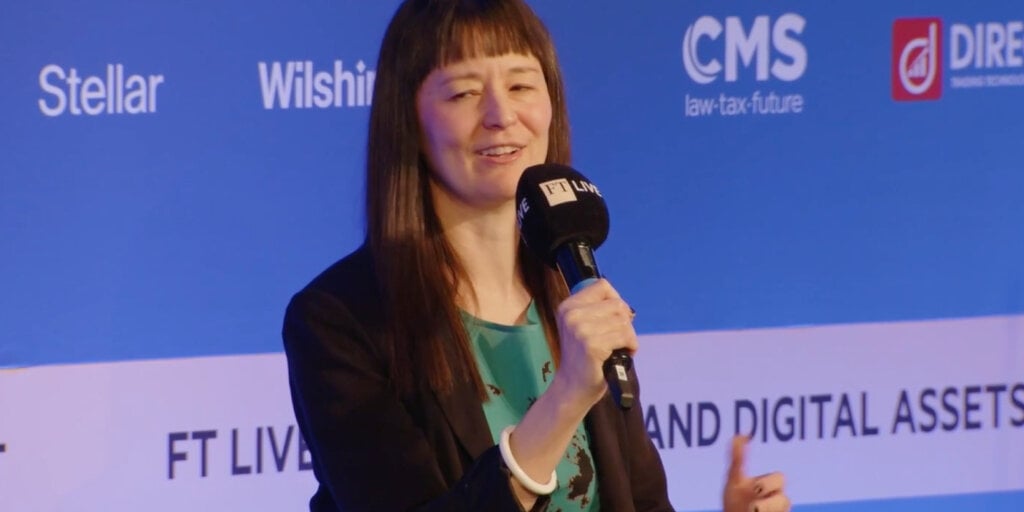Ethereum’s Proposed Transaction Fee System Overhaul
Ethereum’s chief architect, Vitalik Buterin, recently put forward a proposal for a more customized and equitable system for charging transaction fees on the network. This proposal has sparked reactions from both Ethereum and Solana users and developers.
Gas Fees and Their Importance
Gas fees are the transaction costs that users pay on a blockchain network. They play a crucial role in determining the value of tokens like Ethereum and Solana. Ethereum, for instance, requires users to pay fees in Ether (ETH) to perform actions on the network, mirroring Solana’s requirement for SOL tokens.
When there is high network activity, gas fees tend to rise, and they decrease during periods of low activity. This structure is fundamental to how blockchain networks operate.
Comparing Ethereum and Solana’s Approaches
Vitalik Buterin’s “multidimensional gas fees” proposal aims to introduce a fairer system where different transaction types incur varying costs based on demand. While this philosophy aligns with Solana’s “local fee markets” model, the implementation differs significantly.
Solana’s current system calculates gas fees on a per-account basis, shielding users from network congestion spikes that may affect specific projects. In contrast, Ethereum has experienced network-wide fee surges due to popular NFT activities in the past.
Buterin’s proposal introduces a layered approach to gas fees, categorizing transactions based on computation, storage, and calldata requirements. This system, showcased in the Dencun upgrade, aims to enhance Ethereum’s efficiency and scalability.
Implications for Users
While Buterin’s proposal seeks to improve fee dynamics on Ethereum, it may not prevent users from facing fee fluctuations caused by network congestion. Unlike Solana’s bespoke fee markets, Ethereum’s multidimensional gas fees would operate at a macro level, offering broader differentiation but not individual project isolation.
In conclusion, the proposed changes may enhance Ethereum’s performance and scalability, but notable distinctions will remain between Ethereum and Solana’s fee structures.
Image/Photo credit: source url





